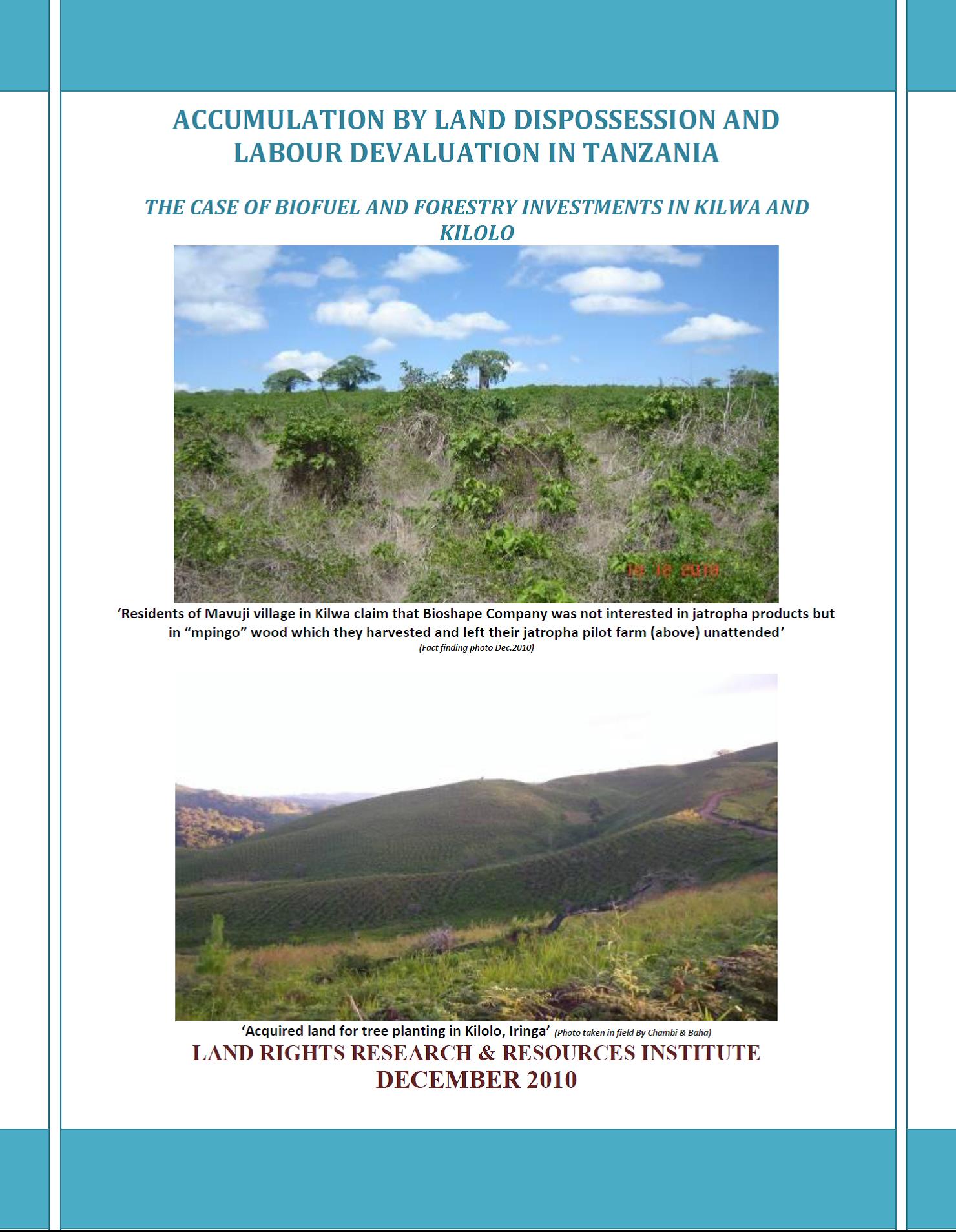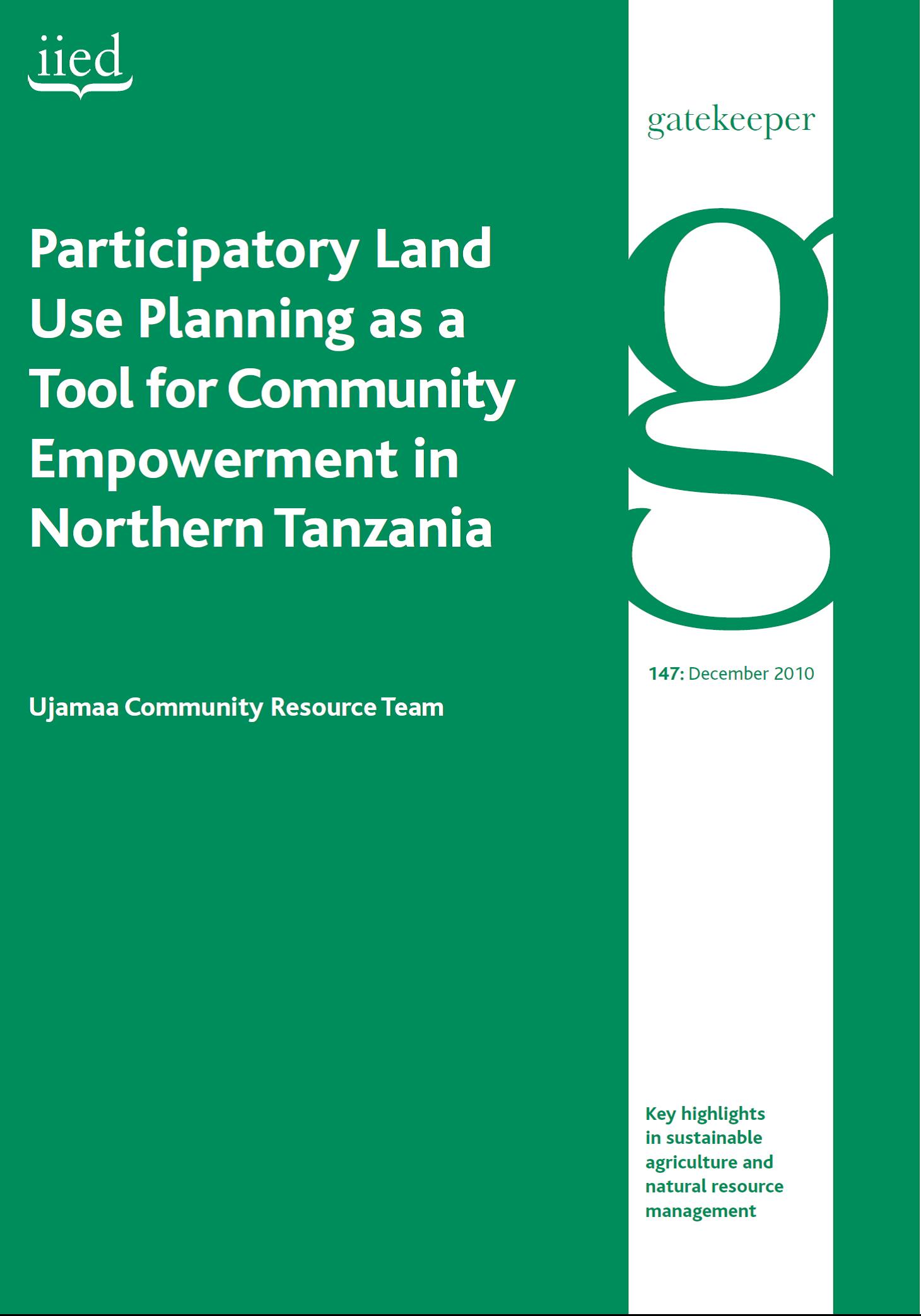An Ecosystem Approach to Recreation Location Quotients
Despite the widespread agreement on the importance of preserving ecological integrity in conservation and outdoor recreation decision-making processes, traditional metrics analyzing the supply of and demand for conservation and recreation resources have focused on geographical and population-centric units of measurement rather than ecological ones. One tool past researchers have used to inform recreation resource planning is the recreation location quotient (RLQ).
Assessment of land use, forest policy and governance in Cambodia Working paper
The purpose of this assessment is to assist identification of key drivers of deforestation and/or forest degradation in Cambodia and review past efforts to reduce deforestation and forest degradation, in order to identify promising approaches for the national REDD Strategy. The report focuses on drivers of deforestation and degradation and additional components covered under REDD+, i.e. conservation, sustainable forest management and enhancement of carbon stocks, other than in the extent to which these aspects contribute to reducing deforestation and forest degradation.
Community Forestry in Cease-Fire Zones in Kachin State, Northern Burma: Formalizing Collective Property in Contested Ethnic Areas
Community forests (CFs) in northern Burma have been gaining momentum since the mid-2000s, spearheaded by national NGOs, mostly in response to protect village land from encroaching agribusiness concessions. While the production of these new CF landscapes represents the material resistance against state-sponsored rubber, in effect it produces contested state authority by formalizing control of former customary swidden hills under the Forestry Department.
Does Large Scale Agricultural Investment Benefit the Poor?
The current study attempts to examine whether large-scale agricultural investment of this type benefits the poor and how this investment can be implemented to increase benefits for the poor. It is arguable whether the poor need more land to grow crops to meet their food security requirements or need to benefit from large-scale agricultural investment in Cambodia. Although the poor households are capable of operating small plots of a few hectares each, they generally lack capital and the means to work large chunks of new land with forests or degrade forests.
Formalizing Inequality: Land Titling in Cambodia
The Land Law of 2001 was a landmark statute intended to strengthen and protect the rights of ordinary Cambodian landholders. A land titling programme (LMAP) was initiated soon afterwards, with extensive World Bank and donor support. The land occupied by the community of Boeung Kak, in the heart of the capital was excluded from this process, despite evidence of prior residence going back decades. Instead it was classifi ed as having “unknown status” by the LMAP, as “state land” by default, and as a “development zone” by authorities.
Scaling the landscapes: a methodology to support integrated subnational spatial planning in Cambodia
INTRODUCTION: Over the last 30 years, the context of development in Cambodian has undergone dramatic changes. A succession of deep transformations, characterized by a complete restructuring of institutional and socio-economic environment, has resulted in a singular situation. Cambodian society remains largely agrarian, with land being the corner stone of the production system for a large majority of the population.
Tyrants, Tycoons and Tigers
ABSTRACTED FROM SUMMARY: A bitter land struggle is unfolding in northern Burma’s remote Hugawng Valley. Farmers that have been living for generations in the valley are defying one of the country’s most powerful tycoons as his company establishes massive mono-crop plantations in what happens to be the world’s largest tiger reserve. The Hukawng Valley Tiger Reserve in Kachin State was declared by the Myanmar Government in 2001 with the support of the US-based Wildlife Conservation Society.
Mechanisms of Land Conflict Resolution in Rural Cambodia
ABSTRACTED FROM THE INTRODUCTION: The present study is a result of a three-month research stay and internship with the Lutheran World Federation Cambodia (LWF), in Kampong Chhnang Province. It deals with a land dispute that was closely monitored by LWF and that serves as an example for ways in which land disputes are dealt with in the rural Cambodia of today.
El subsidio integral de tierras en Colombia y la reestructuración del minifundio
El subsidio integral de tierras en Colombia y la reestructuración del minifundio
Accumulation by Land Dispossession and Labour Devaluation in Tanzania
New commercial pressures on land and its impact on small producers is one of the major issues being discussed in both national and international arenas. As foreign states and corporate entities continue to exert pressures on African countries to acquire land for various investment purposes, Tanzania is not exempted. The country is stereotypically perceived as having large underutilized, or rather unexploited, fertile land – the so-called ‗virgin land‘.
Participatory Land Use Planning as a Tool for Community Empowerment in Northern Tanzania
This paper presents several case studies to show how the Ujamaa Community Resource Team (UCRT) has been working within Tanzania’s legal and policy framework to support a diverse range of pastoralists, agro-pastoralists and hunter-gatherers, all of whom face fundamental threats from external appropriation of, or encroachment on, lands and natural resources. The work also responds to local needs to rationalise resource use rights amongst competing local groups, such as farmers and livestock keepers.







